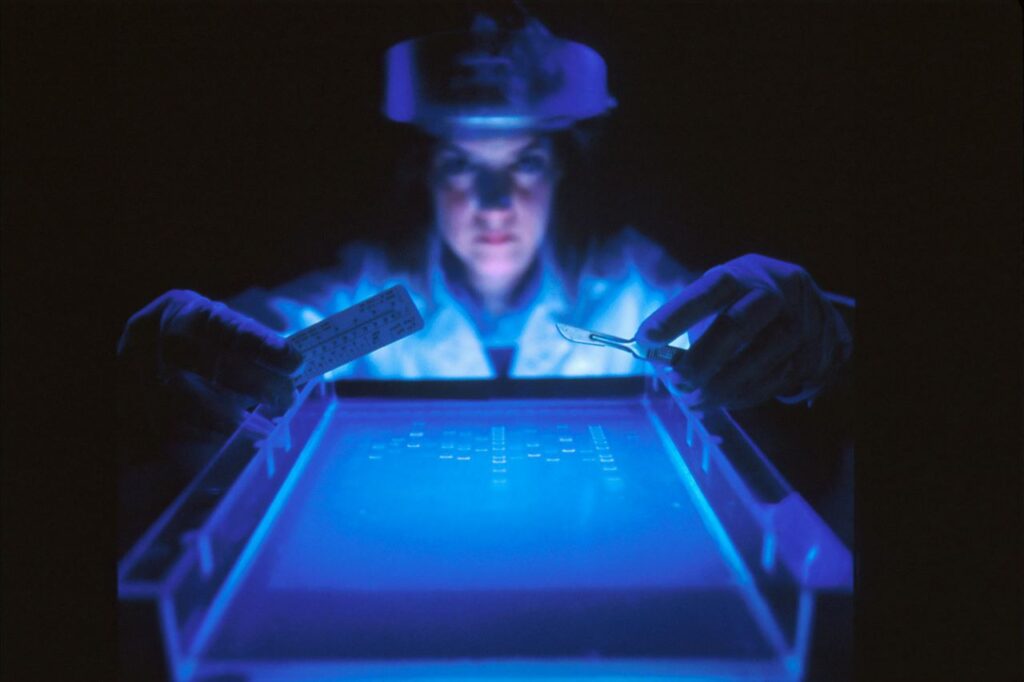How much do you know about the latest medical technology inventions?
We’ve come a long way since doctors relied on leeches and maggots to practice medicine. Medical technology has advanced to the point where only the imagination of medical engineers limits us now. Let’s take a look at some of the latest medical technology innovations and how they might change your next trip to the doctor’s office.
Artificial Intelligence
Artificial intelligence has earned a bad reputation thanks to popular culture. However, in the right hands and with the proper programming, it could change the way we look at medicine. AI has so many potential applications that it’s hard to choose just a few. With enough data, an AI system may be able to predict when and where disease epidemics might occur.
AI could track patient demographics and even predict who is at risk for a particular condition based on age, weight, medical history, current health, eating habits and more. The potential is limitless. Its biggest challenge will be in regulation — ensuring that it can’t be used for nefarious purposes.
3D Printing
3D Printing isn’t just for hobbyists anymore. This emerging technology is making an impact in nearly every industry, from manufacturing to medicine.
In healthcare, 3D printers can be used to create custom prosthetics for amputees, replacement heart valves for bypass patients and custom hip joints for replacement surgery. 3D printed casts help fractured bones heal quicker and with less discomfort.
On a smaller scale, custom 3D printers can even be used to print tissue to create custom organs for transplant. Using a 3D printed organ made from the patient’s cells lowers the risk of tissue rejection to almost nothing.
Medical Records and Blockchain
Most doctor’s offices and hospitals have made the transition from paper records to EHRs — electronic health records. These records are supposed to improve communication and collaboration between care providers. When you’ve got an online network — even a secure and encrypted medical records database — you’re at risk for a breach.
Blockchain — a secure network linked through peer-to-peer computers — could eliminate that problem. As an added benefit, integrating blockchain into EHRs could make these records more accessible to the patients they belong to. While medical record-keeping isn’t the only application for blockchain, it’s certainly taking the medtech industry by storm.
Tissue Morphology Analysis
In most cases, if your doctor suspects that you have a cancerous growth on your skin — called melanoma — they’ll do a biopsy of the tissue and examine the sample under a microscope. A new advance in medical technology could make melanoma biopsies a thing of the past. A single device can analyze the tissue while it’s still attached to the patient. It can identify abnormal clusters of mitochondria, which indicate the presence of cancer. And that’s all without a need for a surgical biopsy.
So far, this technology has successfully identified both melanoma and basal cell carcinoma in a lab setting. We may be saying goodbye to biopsies shortly.
Mobile Medical Apps
We’ve all got dozens of apps on our phones, but could any of them save our lives? Applications from GoodRx, which can show you anything from the lowest local price for your prescriptions to Red Cross First Aid that walks you through an emergency are available for free on both Android and iOS.
You can even schedule a doctor’s appointment without ever leaving your apartment — Doctor On Demand brings telemedicine into your home, giving you professional assistance in the palm of your hand.
Ninety-three percent of doctors believe that mobile apps could help improve patient health. We may be seeing more FDA-approved apps before too long.
Transdermal Blood Glucose Monitoring
For patients with diabetes, monitoring their blood glucose requires a series of daily finger pricks. There are some monitors that allow the patient to take a sample from their arm, but regardless of the location, it still requires a drop of blood. We may be able to say goodbye to finger pricks for blood sugar monitoring in the future, with the introduction of a transdermal non-invasive monitoring system.
This patch rests on the skin and takes multiple samples every minute, creating a graph of changes in blood glucose levels without a drop of blood. The data is transmitted to a companion app on the patient’s phone, where they can track their trends and keep their blood sugar in check.
Changes Are Coming
Medical technology is still changing, and many of these advances that we’ve mentioned are still in their infancy, so you won’t see them during your annual physical anytime soon. That doesn’t change the fact that some of these advances, like AI, could turn the entire medical industry on its ear. We can’t wait to see what they come up with next!
Recent Stories
Follow Us On
Get the latest tech stories and news in seconds!
Sign up for our newsletter below to receive updates about technology trends




